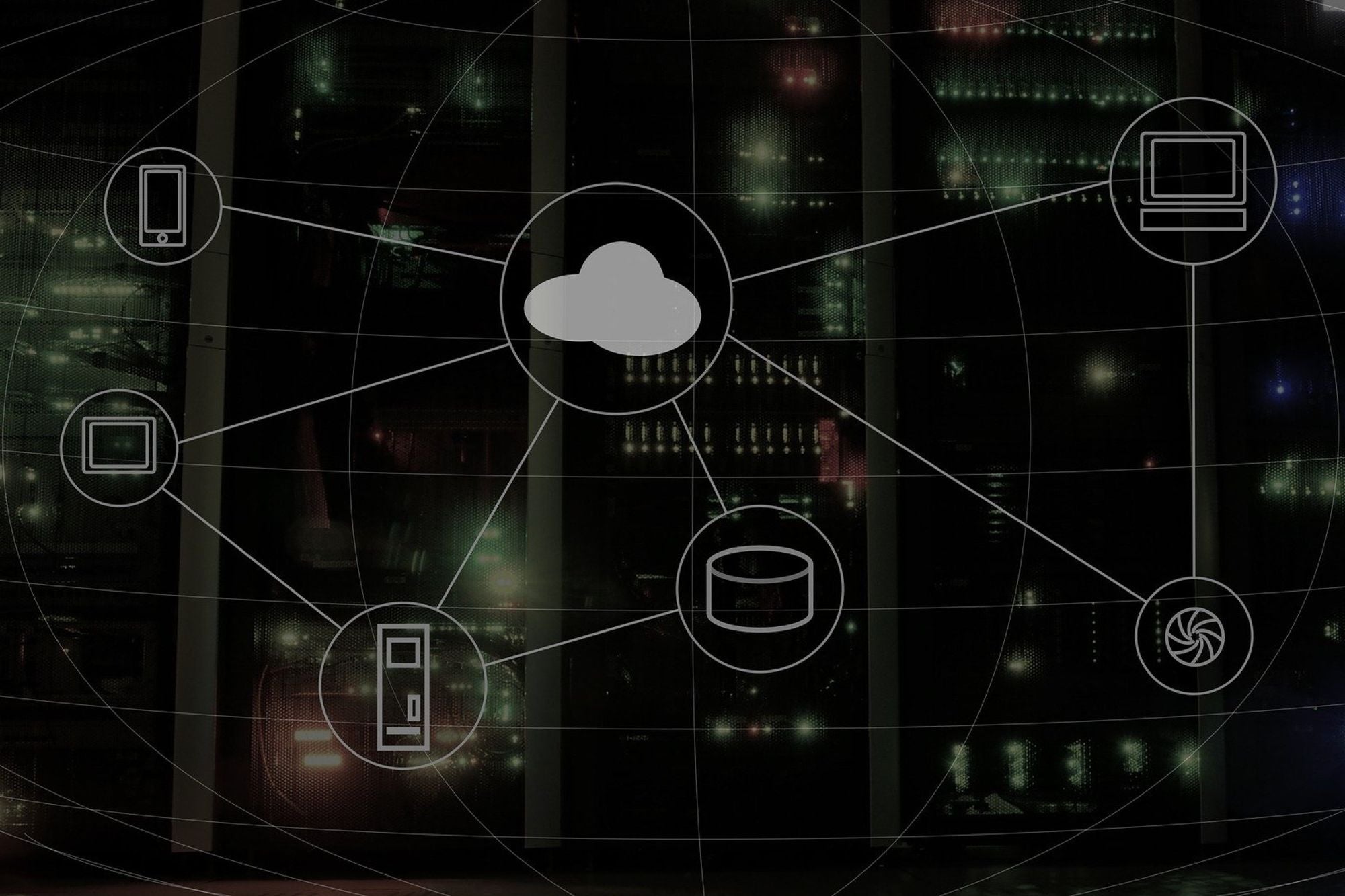How Hyperscale Data Centers Are Accelerating and Powering a Global Cloud RevolutionGiven the nature of fast paced businesses today, hyperscale data centers are set to dominate data center trends and design
ByVimal Kaw•
Opinions expressed by Entrepreneur contributors are their own.
You're reading Entrepreneur India, an international franchise of Entrepreneur Media.

We are living in an era of instant consumption. From ordering food to booking cabs, almost every service is available in the form of an app. Given the extreme pace that most businesses operate today, every enterprise wants their IT infrastructure to operate at a pace that the business demands. Enterprises need their IT infrastructure to scale quickly to match the pace of the business. This is extremely challenging in the digital era, where business dynamics change quickly—consider a big billion sale on an e-commerce website, where the demand on the e-commerce website outpaces the infrastructure they have in place.
A Forrester Research report, highlights this aspect, in a study titledIT Speed: The Crisis and the Savior of the Enterprise. The report notes that while 36 per cent of enterprise IT leaders highlight faster delivery of IT services as their top priority and a full 58 percent place it in the top three priorities, only 17 per cent can deliver fast enough. Furthermore, only 12 per cent can do so with high quality. Forrester says that demand has irreversibly exceeded the capacity of traditional IT.
This has accelerated the demand for hyperscale data centers. Hyperscale refers to the capability of an IT system or architecture to scale exponentially and rapidly to respond to demand that is increasingly heavily. Given the nature of fast-paced businesses today, hyperscale data centers are set to dominate data center trends and design. A report by Allied Market Research titled,Hyperscale Data Center Market by Type, states the global hyperscale data center market is expected to generate $71.2 billion by 2022 from $26.33 billion in 2017, growing at a CAGR of 20.7 per cent from 2017 to 2022. Another report by Markets & Markets estimates the hyperscale data center market to grow from $25.08 billion in 2017 to $80.65 billion by 2022, at a CAGR of 26.32 per cent. Cisco estimates that by 2021, traffic within hyperscale data centers will quadruple, and hyperscale data centers will account for 55 per cent of all data center traffic by 2021.
Hyperscalers Dominate
A recent research report from Synergy Research Group shows that hyperscale operators accounted for 33 per cent of all spending on data center hardware and software in the first three quarters of 2019, up from 26 per cent in Q1-Q3 of 2017 and 15 per cent in 2014. Over that same period the total market has increased in size by over 34 per cent, with the vast majority of the growth being the result of increased spending by the hyperscale operators. This is significant when you consider that spending by enterprises and service providers has risen by just 6 per cent.
支出增加了超大型运营商有蜜蜂n driven by burgeoning demand for public cloud services and continued strong growth in social networking. Every trend points out to a huge rise in data and network bandwidth consumption. The Cisco Annual Internet Report, 2018 -2023 predicts that by 2023, there will be 299.1 billion global mobile application downloads, up from 194 billion global mobile application downloads in 2018. By 2023, there will be 29.3 billion global devices and connections (3.6 devices and connections per capita), up from 18.4 billion devices and connections in 2018 (2.4 devices and connections per capita). Similarly, Gartner forecasts that 14.2 billion connected things will be in use in 2019, and that the total will reach 25 billion by 2021, producing immense volume of data.
As more IT spend is allocated to the cloud, expect the growth or hyperscale data centers to accelerate. For example, Gartner estimates that more than $1.3 trillion in IT spending will be directly or indirectly affected by the shift to cloud by 2022. As interest in public cloud shoots up, hyperscale players are also investing heavily in expanding their reach. A research report by Technavio states that over the last few years, hyperscalers have invested approximately $200 billion in capacity expansion and opening of new data centers.
In the future, one can expect current data centers to be replaced by hyperscale data centers as they offer tremendous benefits such as modularity (which allows enterprises to take a step by step approach to planning for their data center), redundancy (allows enterprises to replace individual physical components than the traditional approach of replacing the entire server), reduced downtime and reduced energy costs.













